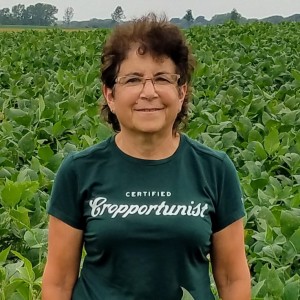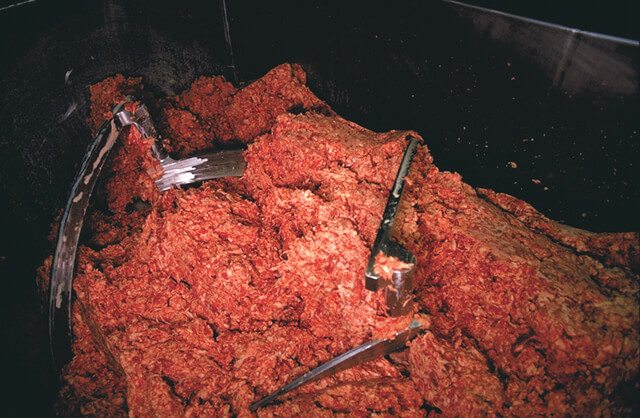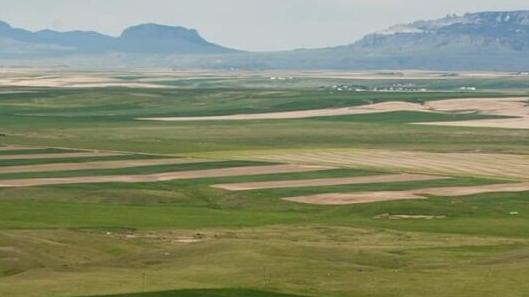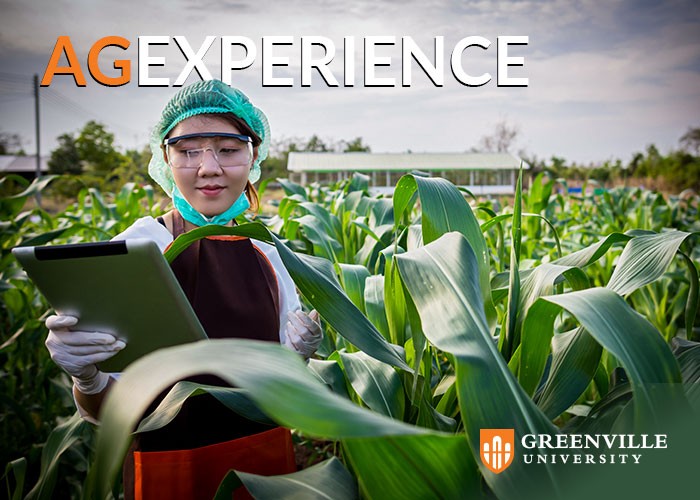 John LaRose Jr.
John LaRose Jr.
Topics: Vegetables, Gardening, Ag Europe, Urban Farming,
swedish family envelops home in greenhouse to warm up stockholm weather
thanks to this construction, it is possible to keep a temperature of 20 ° C indoors, without turning on the heat, while the outdoor thermometer displays -15 ° C.
-
(1)
-
Bookmark
- Comments (0)
 Nancy Kavazanjian
Nancy Kavazanjian
Topics: Soybeans, Food/Nutrition, Ag Global Specialty Food,
-
(0)
-
Bookmark
- Comments (0)
 John LaRose Jr.
John LaRose Jr.
Topics: Crop Consultant, Agriculture Global, Water, Sustainability, Ag Innovation, World Hunger,
floating salt-resistant marine farms might be the solution to rising sea levels
N-ARK combines salt-tolerant technology with sea-adapted architecture to tackle the issues of sea-level rise and salt damage.
-
(0)
-
Bookmark
- Comments (0)
 John LaRose Jr.
John LaRose Jr.
Topics: Vegetables, Food/Nutrition, Ag Global Specialty Food, Ag South America,
Can Hatch green chiles outlast the climate crisis?
Growers of New Mexico’s iconic crop wrestle with drought, water rights and labor shortages.
-
(0)
-
Bookmark
- Comments (0)
 John LaRose Jr.
John LaRose Jr.
Topics: Rice, Crop Consultant, Agriculture Global, Economics, Ag India, World Hunger,
India's record rice crop brings problem of plenty for farmers juggling protest
The sit-in against controversial agriculture reforms is taking place in the capital, miles away from the five acres (2 hectares) of lush green rice paddies tended by Sukrampal Beniwal in his village of Munak, in the northern state of Haryana.
-
(0)
-
Bookmark
- Comments (0)
-
(0)
-
Bookmark
- Comments (0)
-
(0)
-
Bookmark
- Comments (0)
 John LaRose Jr.
John LaRose Jr.
Topics: Organic, Vegetables, Water, Gardening, Hydroponics , Urban Farming,
2 popular home hydroponic vegetable growing models provide clean food for the family - Agricultural Family
In recent years, hydroponic vegetable growing has been applied by many people to supplement a source of clean food for the family. There are many planting patterns that you can apply. Here are outstanding hydroponic vegetable growing models at home . 1. Model of growing hydroponic vegetables at home Aquaponics Simulating the process of growing vegetables at home according […]
-
(0)
-
Bookmark
- Comments (0)
 John LaRose Jr.
John LaRose Jr.
Topics: Soybeans, Agriculture US, Crop Consultant, Agriculture Global, Education U.S. MidWest, Economics, Weather,
Slow and Steady Wilting Makes for Better Beans… Soybeans That Is | Institute News
Tennessee Researchers Complete Study Evaluating Plant Water Usage
-
(0)
-
Bookmark
- Comments (0)
 JAMES MSASA
JAMES MSASA
AgVision International on LinkedIn: #farming #agriculture #uganda
AVI commenced its first Uganda farm development project in Kyankwanzi District. Completely greenfield project with no existing infrastructure or equipment...
-
(0)
-
Bookmark
- Comments (0)






